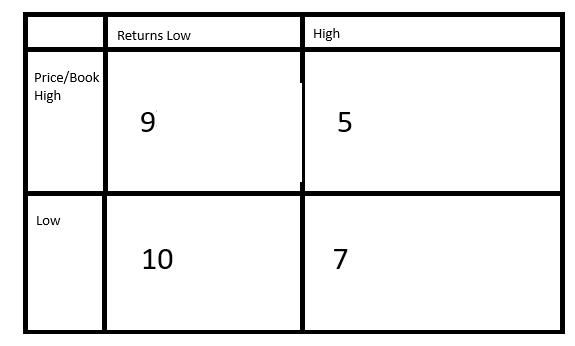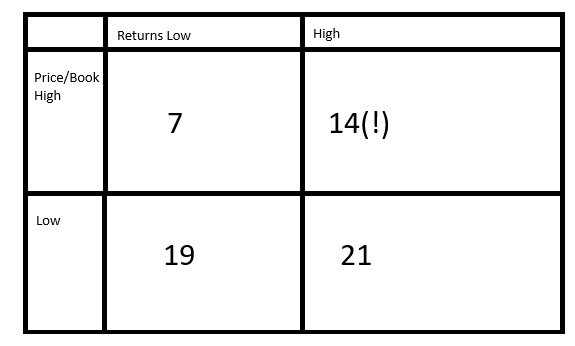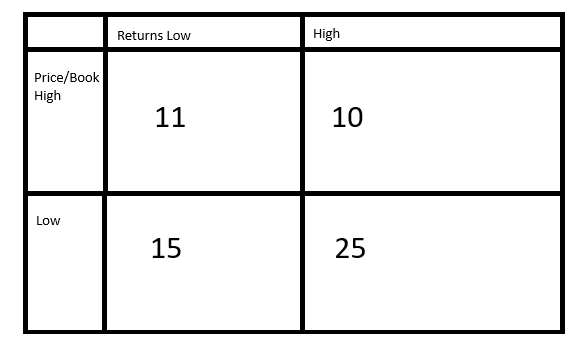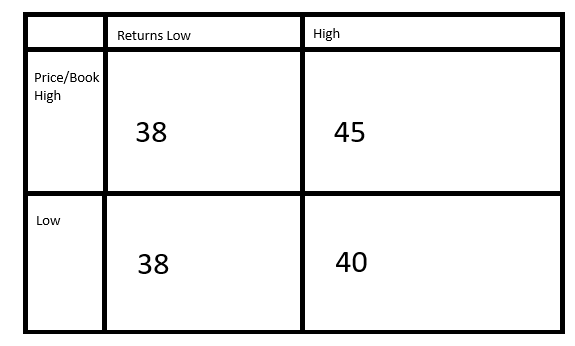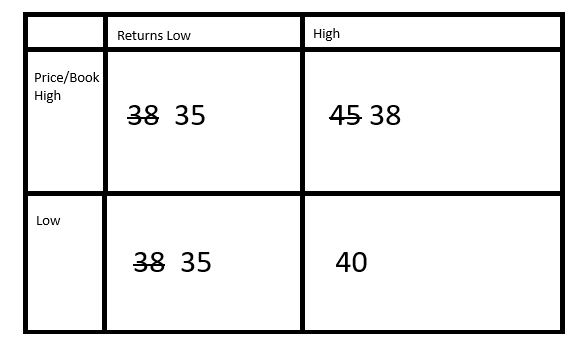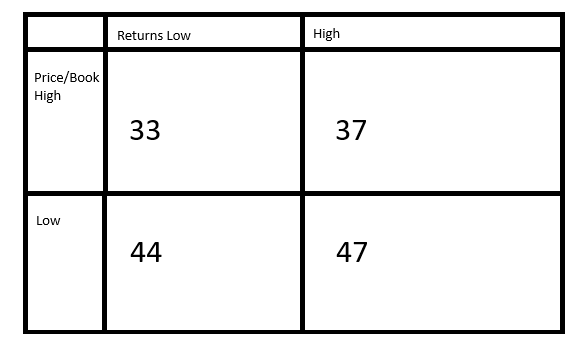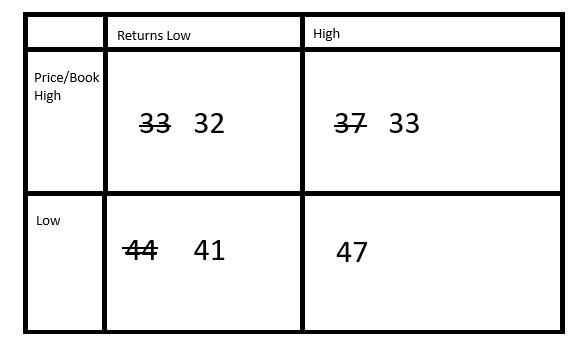Darling Ingredients – A Distasteful Company but with Unstable Margins
According to Roman historian Suetonius, in AD 70 Emperor Vespasian of reinstated a tax on the sale of urine, which was used in various tanning and dyeing applications. His son Titus complained to him that this was a nasty way of refilling the treasury, but Vespasian flipped a gold coin to his son, and asked him “That doesn’t smell, does it?”
There is a lesson in this tale for value investors, who are said to look into the unloved corners of the market in search of ignored, disfavored, and often “unsexy” companies, and the money made from them spends better than the money from the latest overinflated fad stock (and often better, because there tends to be more of it).
Unfortunately, Suetonius’s anecdote is not necessarily to be taken literally, as we shall see with Darling Ingredients, perhaps the most euphemistically named company in the world. Darling Ingredients is what I would call an “animal recycler,” in that it collects the byproducts of slaughterhouses and butchers and processes them into animal feed. Specifically, “The process starts with the collection of animal by-products, including fat, bones, feathers, offal and other animal by-products. The animal by-products are ground and heated to evaporate and remove water and separate fats from animal tissue, as well as to sterilize and make the material suitable as an ingredient for animal feed. The separated fats, tallows and greases are then centrifuged and/or refined for purity. The remaining solid product is pressed to remove additional oils to create protein meals. The protein meal is then sifted through screens and ground further if necessary.”
Darling Ingredients also processes excess residuals from industrial bakeries so as to have all the macronutrients covered as far as animal feed goes. The company also produces collagen and other animal products such as heparin and bone chips for use in human food, as well as animal intestine castings for sausages, and also produces biodiesel from used cooking oil and some animal fats, and impressively is capable of producing jet fuel in this manner. And, just for the crowning achievement in distasteful work, the company is working on large-scale production of protein for animal feed using the larva of soldier flies.
So clearly the company has the obscure and distasteful side of the equation covered, and according to its SEC filings they are the only company purely in the animal recycling business in the world. However, despite this happy situation, Darling Ingredients seems to have little control over its margins, which is surprising for a company with theoretically so few competitors. It is also surprising considering that at least for its animal feed business, which is 2/3 of its total sales, the majority of its sales are based on the “formula” arrangement, where the sale price is based on the publicly-available price of the end product. One would expect this to make margins more stable, but in fact they collapsed in 2024 as feed prices declined, even though physical volume remained flat.
To be specific, Darling Ingredients has a market cap of $5.2 million as of this writing. In 2024 sales were $5.7 billion and operating income was $468 million, counting the income from the biodiesel joint venture. Excess depreciation came to $214 million, producing operating cash flow of $682 million. Interest expense was $254 million, and after estimated taxes of 21% we get free cash flow of $338 million. In 2023, sales were $6.8 billion, operating income was $950 million and capital expenditures exceeded depreciation by $13 million. Interest expense was $259 million, leaving $536 million after estimated taxes. In 2022 sales were $6.5 billion and operating income was $1029 million, capital expenditures net of depreciation was $198 million. Interest expense was $126 million, resulting in after-tax free cash flow of $557 million.
The reason for the increases in interest expense was owing to several debt-financed acquisitions since 2022: A producer of collagen products in South America and the United States for $1.2 billion; an independent rendering company in Brazil for $563 million, and a chain of American rendering plants in 2022 for $1.18 billion. So far it seems these acquisitions have not been accretive to earnings.
Year to date, sales were $2.86 billion as compared to $2.88 billion last year; operating income was $104 million as opposed to $286 million last year, and excess depreciation was $136 as compared to $34, leaving operating cash flow of $240 million as compared to $320. Interest expense was $110 million as compared to $132 million, leaving free cash flow after taxes of $103 million as compared to $149 million. The chief reversal in Darling’s operating income was its joint venture in biodiesel producing a loss instead of a profit, mainly owing to a reduction in renewable fuel tax credits. And although food ingredients, particularly collagen, were a bright spot in sales growth for 2024, I have concluded from my research that dietary collagen supplements are ineffective if someone’s diet has sufficient protein anyway, and if this view should become generally adopted the company’s prospects will suffer. Darling Ingredients also states that the meat processors of America have been undergoing consolidation of late, and large meat processors are more likely to do their rendering in-house than sell their scraps to others.
Nonetheless, the Value Line is projecting earnings in the next few years to be on par with 2022’s. I wish to share their optimism. Even so, despite the company’s distasteful line of business, I would definitely like to see more assurance that Darling Ingredients will get its margins under control before I will accept that the current dip in earnings is temporary.


